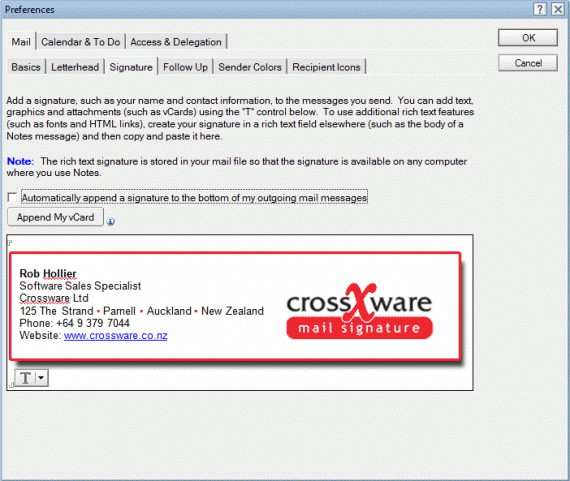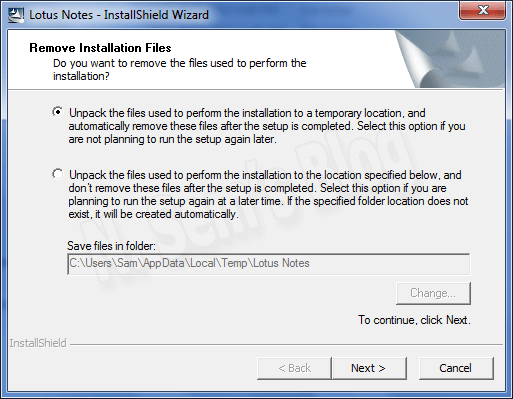

The following screenshot shows the Contacts view of Lotus Notes. The first component of this example is Lotus Notes contacts.
An application administrator who deploys portlets onto the WebSphere portal and maintains NSF-based composite applications on the Domino server. An application assembler who defines and assembles the composite application, and who may be a business user. A component developer who designs and creates NSF and Eclipse components. The roles in composite application development typically include the following: The process does not have to be restricted to a highly skilled component developer. Composite applications can be built with minimal or no NSF design changes to re-use existing Lotus Notes applications as components of the composite application.ĭevelopment responsibilities for building composite applications can be distributed across several types of application development and administration team members. The Composite Application Editor is an install-time option of the Lotus Notes 8.5.3 client. Organizations can re-use previously developed Eclipse technology-based components within the composite applications experienced by Lotus Notes and Domino 8 software, helping to increase return on investment in application development tools and skills. IT staff can use their current development skills to build and modify reusable components, helping to reduce IT and development costs. Using the Composite Application Editor within the Lotus Notes 8.5.3 software, end users and LOB managers can create composite applications. Available online or offline, composite applications can facilitate self-service activities. This is an important element in enabling a business to respond flexibly to business changes and to alter application interactions as needs dictate. With composite applications, the services are loosely coupled and independent (not hardwired into the infrastructure), so they can be easily re-used or extended, as business needs change. An NSF-based composite application can consist of NSF, Eclipse, and WebSphere Portal components.Įlimination of information and service "silos" is a key benefit of composite applications for end users. 
With Lotus Notes 8.5.3, server managed, NSF-based composite applications can be created or edited. The ability to create and edit composite applications lets you easily combine and re-use different services, providing a tremendous platform for service re-use-a key characteristic of an SOA. Composite applications provide the frontend of an SOA. This ability is useful in the Assemble phase of the SOA lifecycle.Ī composite application is a loosely coupled collection of user-facing components brought together for a specific business purpose. Lotus Notes 8.5.3 has the ability to assemble composite applications. Enabling further extension of Lotus Notes to work with SOAs through an open technologies framework.

Lotus Notes 8.5.3 does this by providing a composite application development capability, and by providing web service consumer and producer capability. Lotus Notes can help an organization achieve target architecture requirements with SOA characteristics by: So if we put a table inside of each table row that contains content, and set the width to about 615 pixels and set the alignment to center, will give us the inset spacing amount we're looking for on the outermost TDs.Now that we've covered the basics of SOAs, it is time to examine how Lotus Notes 8.5.3 fits in. You will notice here that the padding is not being supported on the TD tags so all of the content inside of the TD's is touching the edges. The other thing I would consider doing is putting a single cell table inside of each of the table rows. So you can remove the in line background color and maybe change the color of the links to green or a different color. I wouldn't attempt to convert the anchor tags inside of the promos into buttons, those aren't being supported. Now, if you need to support Lotus Notes 6.5, 7, or 8.5, the first suggestion I would have is to not use the background properties on the anchor tags.







 0 kommentar(er)
0 kommentar(er)
